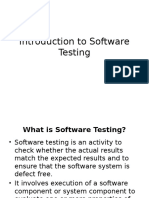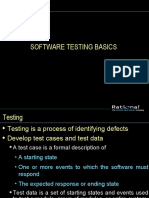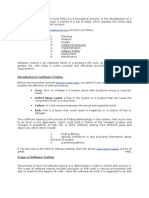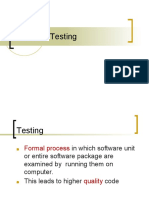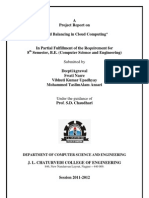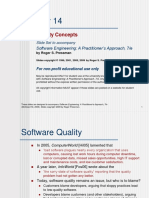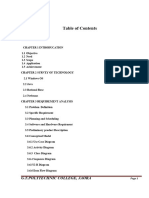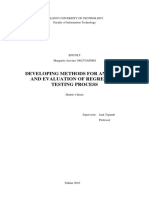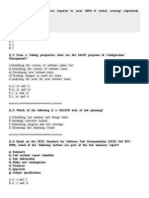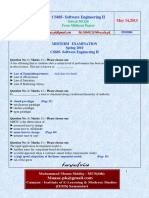0% found this document useful (0 votes)
36 views51 pagesSoftware Testing Basics
The document provides an overview of software testing basics, including definitions of software testing, why it is important, and common types and techniques. Software testing involves executing software to find errors and evaluate whether requirements are met. It helps improve quality, performance, and user experience. Common types are unit, integration, system, and acceptance testing, while techniques include blackbox, whitebox, and automated testing. Effective testing requires clear goals, test planning, and defect documentation.
Uploaded by
zionfriedlandCopyright
© © All Rights Reserved
We take content rights seriously. If you suspect this is your content, claim it here.
Available Formats
Download as PPTX, PDF, TXT or read online on Scribd
0% found this document useful (0 votes)
36 views51 pagesSoftware Testing Basics
The document provides an overview of software testing basics, including definitions of software testing, why it is important, and common types and techniques. Software testing involves executing software to find errors and evaluate whether requirements are met. It helps improve quality, performance, and user experience. Common types are unit, integration, system, and acceptance testing, while techniques include blackbox, whitebox, and automated testing. Effective testing requires clear goals, test planning, and defect documentation.
Uploaded by
zionfriedlandCopyright
© © All Rights Reserved
We take content rights seriously. If you suspect this is your content, claim it here.
Available Formats
Download as PPTX, PDF, TXT or read online on Scribd
/ 51


